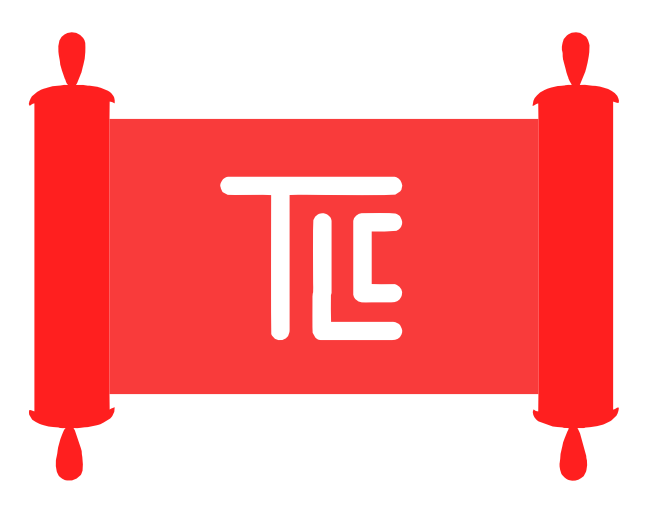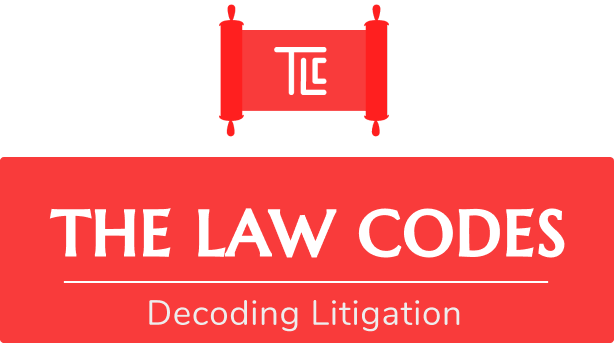Industrial Design

In the realm of law, where precision and clarity are paramount, the concept of industrial design plays a pivotal role in shaping the physical and visual aspects of legal codes. The fusion of aesthetics and functionality in legal instruments, often referred to as “The Law Codes,” represents a fascinating intersection between the legal and design domains. This article delves into the nuances of industrial design within the law field, exploring its importance, challenges, and the transformative impact it has on the accessibility and usability of legal documentation.
The Evolution of Industrial Design in Law:
Historically, legal documents were perceived as dense, impenetrable texts laden with jargon, making them inaccessible to a broader audience. Recognizing the need for a more user-friendly approach, legal professionals began incorporating principles of industrial design into the creation and presentation of legal codes.
a. Accessibility Through Visual Elements:
Industrial design in the legal field emphasizes the incorporation of visual elements to enhance accessibility. Charts, graphs, and infographics are strategically employed to simplify complex legal concepts, making them more comprehensible to a diverse audience. By leveraging visual communication, legal codes become not only more approachable but also more inclusive.
b. User-Centric Design:
User-centric design principles are crucial in ensuring that legal codes serve their intended purpose effectively. Through thoughtful consideration of the end-users – which may include legal professionals, scholars, and the general public – industrial design aims to optimize the user experience, facilitating a smoother understanding of legal complexities.
The Role of Typography and Layout:
Typography and layout are pivotal elements in industrial design, particularly when applied to legal documents. Clear and readable fonts, appropriate spacing, and organized layouts contribute to the overall legibility of legal codes. The choice of typography can convey a sense of authority and formality, aligning with the gravitas associated with legal content.
a. Readability and Comprehension:
Industrial design addresses the challenge of improving the readability and comprehension of legal texts. Utilizing readable fonts and appropriate font sizes, combined with well-structured layouts, ensures that legal codes are not only visually appealing but also conducive to effective information absorption.
b. Hierarchy and Emphasis:
Establishing a hierarchy of information within legal codes is essential for guiding readers through complex documents. Through strategic use of headings, subheadings, and emphasis on key points, industrial design assists in creating a structured narrative that facilitates better understanding and navigation.
Visual Metaphors and Symbolism in Legal Design:
Beyond the traditional use of text and typography, industrial design in the law field introduces the use of visual metaphors and symbolism to convey complex legal concepts. Icons, symbols, and graphic elements serve as visual aids, offering a layer of interpretation that complements the textual content.
a. Enhancing Memorability:
Visual metaphors not only aid in understanding but also enhance the memorability of legal information. By associating key concepts with visually distinct symbols, industrial design contributes to the retention of critical information, fostering a more enduring impact on the reader.
b. Cultural Considerations:
Incorporating cultural symbols and references in legal design is essential for ensuring that legal codes resonate with diverse audiences. Industrial design in the legal field embraces cultural sensitivity, acknowledging the importance of representation and inclusivity in the visual elements used.
Digital Transformation and Interactive Design:
The advent of digital technologies has revolutionized the way legal information is presented and accessed. Industrial design in the legal field extends beyond the physical realm to encompass interactive and digital design elements, catering to a technologically savvy audience.
a. Hyperlinked Documents:
In digital legal codes, hyperlinked documents create a dynamic and interconnected user experience. By seamlessly linking relevant sections and references, industrial design facilitates a more intuitive exploration of legal content, reducing the time and effort required for research.
b. Interactive Infographics and Multimedia:
Embedding interactive infographics and multimedia elements in digital legal documents adds a layer of engagement. Interactive design allows users to explore complex legal concepts through immersive experiences, promoting a deeper understanding of the subject matter.
Challenges and Considerations in Legal Industrial Design:
While the integration of industrial design in the legal field brings forth numerous advantages, it is not without challenges. Balancing the need for visual appeal with the preservation of legal precision poses a delicate challenge. Striking the right equilibrium between aesthetics and accuracy is imperative to maintain the integrity of legal documents.
a. Precision vs. Aesthetics:
Legal documents demand a high degree of precision, leaving little room for ambiguity or misinterpretation. Industrial design must navigate the fine line between enhancing visual appeal and ensuring that the intended legal meaning remains intact. Straying too far towards aesthetics may compromise the legal efficacy of the document.
b. Standardization and Consistency:
The standardization of visual elements across legal codes is crucial for promoting consistency and ease of reference. Industrial design faces the challenge of balancing creativity with adherence to established standards to ensure that legal documents maintain a uniform appearance, facilitating familiarity for users.
Future Trends in Legal Industrial Design:
As technology continues to advance, and societal expectations evolve, the future of industrial design in the legal field is poised for exciting developments. Embracing emerging trends will be crucial for staying ahead in a landscape that demands both innovation and tradition.
a. Virtual and Augmented Reality:
The integration of virtual and augmented reality in legal design presents an immersive and interactive way to engage with legal content. Imagine a legal code coming to life, with sections visualized in a three-dimensional space, providing a unique perspective on complex legal structures.
b. Artificial Intelligence and Natural Language Processing:
Artificial intelligence and natural language processing technologies hold the potential to revolutionize how legal information is accessed and interpreted. Industrial design can leverage these technologies to create interfaces that understand user queries, provide real-time interpretations, and offer personalized navigation through legal codes.
The marriage of industrial design and law represents a harmonious convergence of form and function, where the visual presentation enhances the accessibility and effectiveness of legal codes. From typography and layout to the integration of digital elements, industrial design plays a pivotal role in shaping the future of legal documentation.
As we navigate the evolving landscape of legal communication, the principles of industrial design will continue to be instrumental in bridging the gap between complex legal concepts and a diverse audience. By embracing innovation while upholding the core tenets of legal precision, the field of legal industrial design stands poised to redefine how we perceive and interact with the law.
WHAT OUR CLIENTS SAY
The Law Codes delivers excellence in Industrial Design Law with their stellar team of attorneys. Their commitment to detail and legal acumen sets them apart. The best Industrial Design Law lawyers in chandigarh in the field, providing top-notch guidance for protecting creative designs. Trust The Law Codes for unparalleled expertise!
Harpreet Kaur, Chandigarh
For unrivaled legal support, The Law Codes stands out as the go-to firm. Their Industrial Design Law lawyers in chandigarh are unparalleled, offering insightful solutions. The team’s dedication to client success and deep knowledge makes them the top choice in the industry. Trustworthy and highly recommended!
Nisha Joshi, Gurgaon
The Law Codes excels in Industrial Design Law, boasting the best lawyers in the business. Their top-tier professionals navigate complexities with ease, ensuring optimal results. Choose The Law Codes for a seamless experience and unmatched expertise in protecting industrial designs. Simply the best in the field!
Rahul Malhotra, Panchkula
Frequently Asked Questions – FAQ
What types of cases do Industrial Designs Law Lawyers handle?
Industrial Designs Law Lawyers handle cases related to design patent applications, infringement disputes, licensing agreements, and litigation involving the protection of unique, non-functional designs.
Can Industrial Designs Law Lawyers assist with international design protection?
Yes, many Industrial Designs Law Lawyers have expertise in navigating the complexities of international design protection and can help clients secure and enforce design rights globally.
How do I know if my design is eligible for protection under industrial design law?
Industrial Designs Law Lawyers can assess the unique aspects of your design to determine eligibility. Generally, designs that are non-functional and possess original, ornamental features may be eligible for protection.








